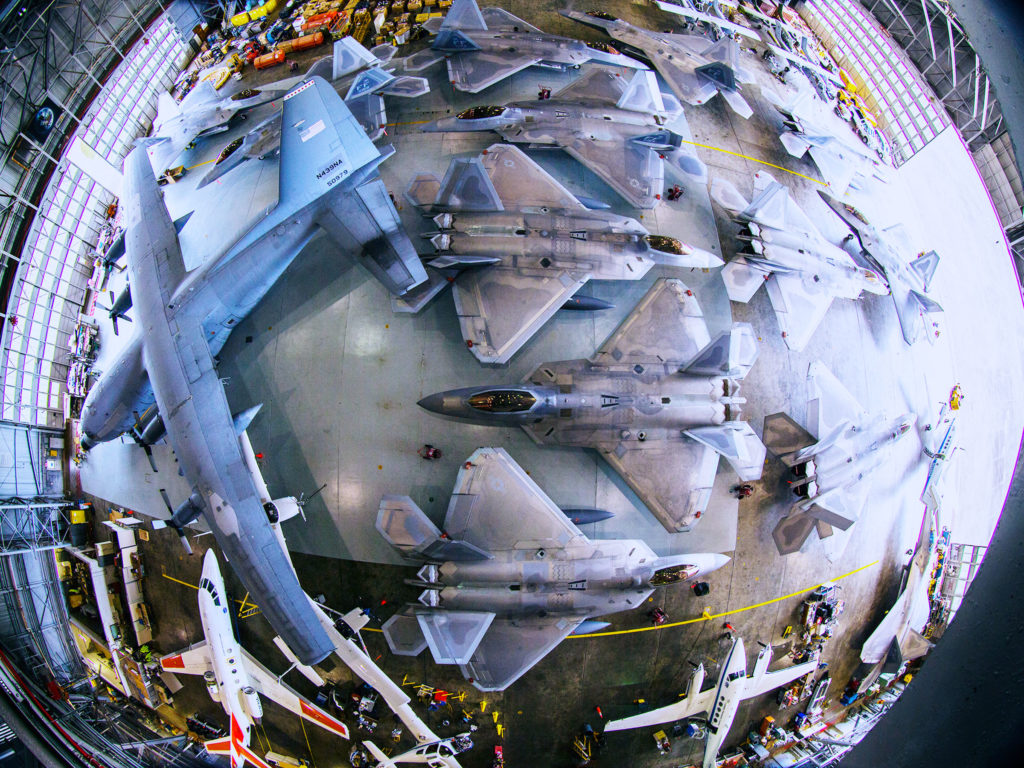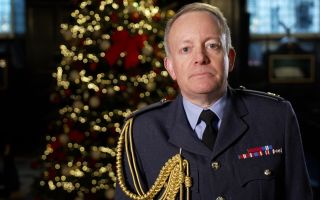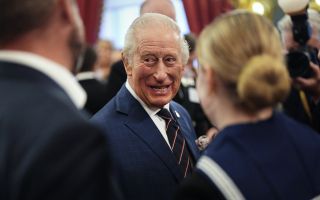
Stories
Aircraft Tetris: How To Fit 13 F-22s In One Hangar

While the lines between the work of NASA and the US Air Force have got a little blurry in the past, few will have predicted the sight of more than a dozen F-22 Raptors carefully squeezed into a NASA hangar alongside a mammoth C-130 Hercules.
This large-scale game of Tetris came about as a result of then-tropical storm Hermine, which was travelling up the East Coast earlier this month.
Cue a call to the Langley Research Center in Virginia. The oldest of NASA's field centres, it has a hangar built to withstand a Category 2 hurricane - and it sits right next to Langley Field, a US Air Force base.
US Air Force base Langley Field
The Air Force wanted to know if there was any room for 13 of its F-22 Raptors. The fifth-generation stealth fighters each cost around a whopping $150 million (£113m) - so storm damage wasn't an ideal scenario.
And NASA willingly obliged.
Thanks @NASA for helping us get ready for #hurricanehermine#NASALangley#F22pic.twitter.com/eHGfElGejn
— Commander, 1 FW (@1fw_cc) September 2, 2016
Katherine Barnstoff, NASA Langley's media relations specialist, was quoted as saying by Wired.com:
"Even though the hangar in Hampton already had a large visitor—a C-130 from the Wallops Flight Facility on Virginia’s Eastern Shore—the hangar was able to carefully sandwich in more than a dozen Air Force fighters and offer them the protection of our hurricane-rated facility.
"Our hangar employees are quite adept at parking aircraft," she added.
Happy to help out our neighbors! Your fighters look mighty nice in our hangar. Let's all be safe this weekend. https://t.co/5mfk8iHR4m
— NASA_Langley (@NASA_Langley) September 2, 2016
Their job was made easier by the sheer size of NASA Langley’s hangar - which measures at 85,200 square feet.
It was created in the early 1950s, designed to hold a mammoth B-36 'Peacemaker' strategic bomber, and was large enough to fit a Super Guppy in 2014.
The landing gear of a B-36 Peacemaker (left), alongside a NASA Super Guppy (right)
"That means we are willing to share some of it in emergencies with our neighbours at Langley Air Force Base," explained Barnstorff.
In the end, Hermine only reached Category 1, and had chilled into a tropical storm by the time it reached Virginia - but better safe than sorry.
The Air Force do return the favour occasionally. NASA has been known to use the military base’s runways for its own aircraft.
The only thing separating the two players in the partnership? At a conservative estimate, these 13 F-22s are worth just under $2 billion (£1.5bn) - around 10% of NASA’s total annual budget.











